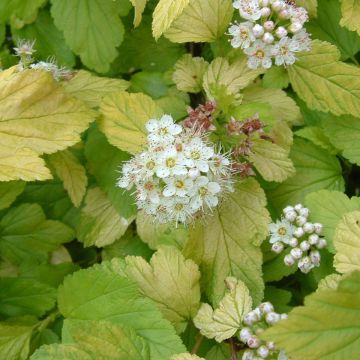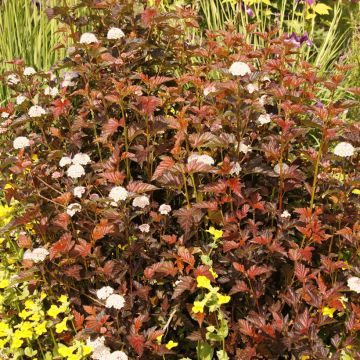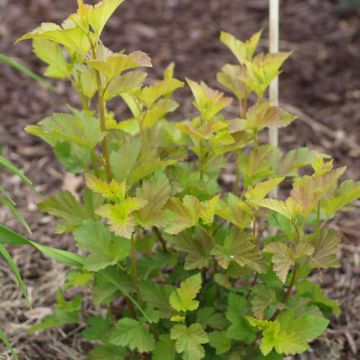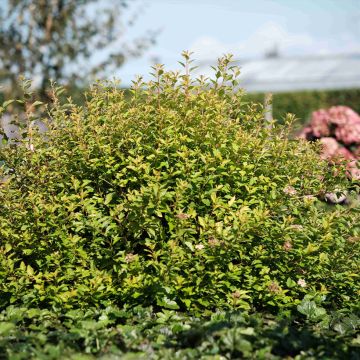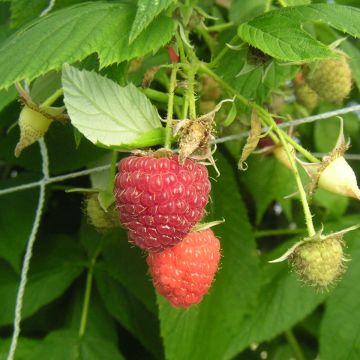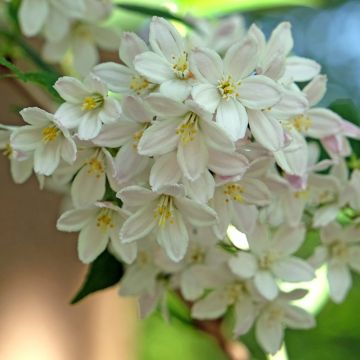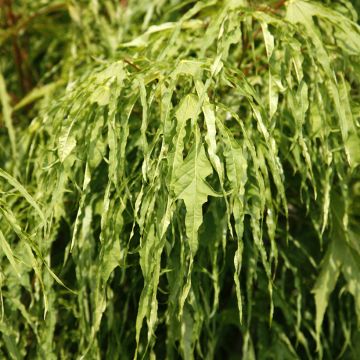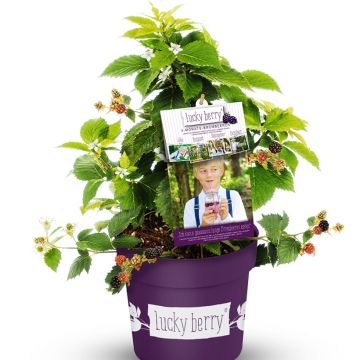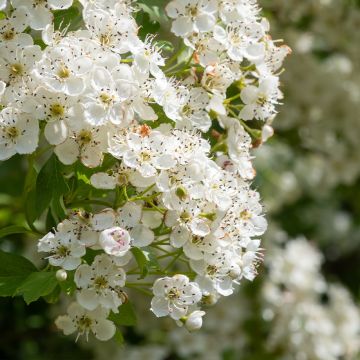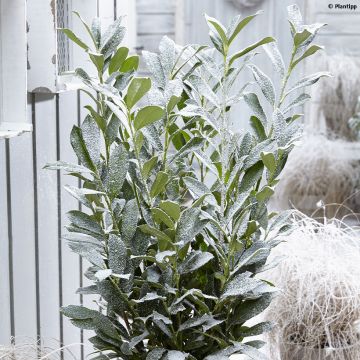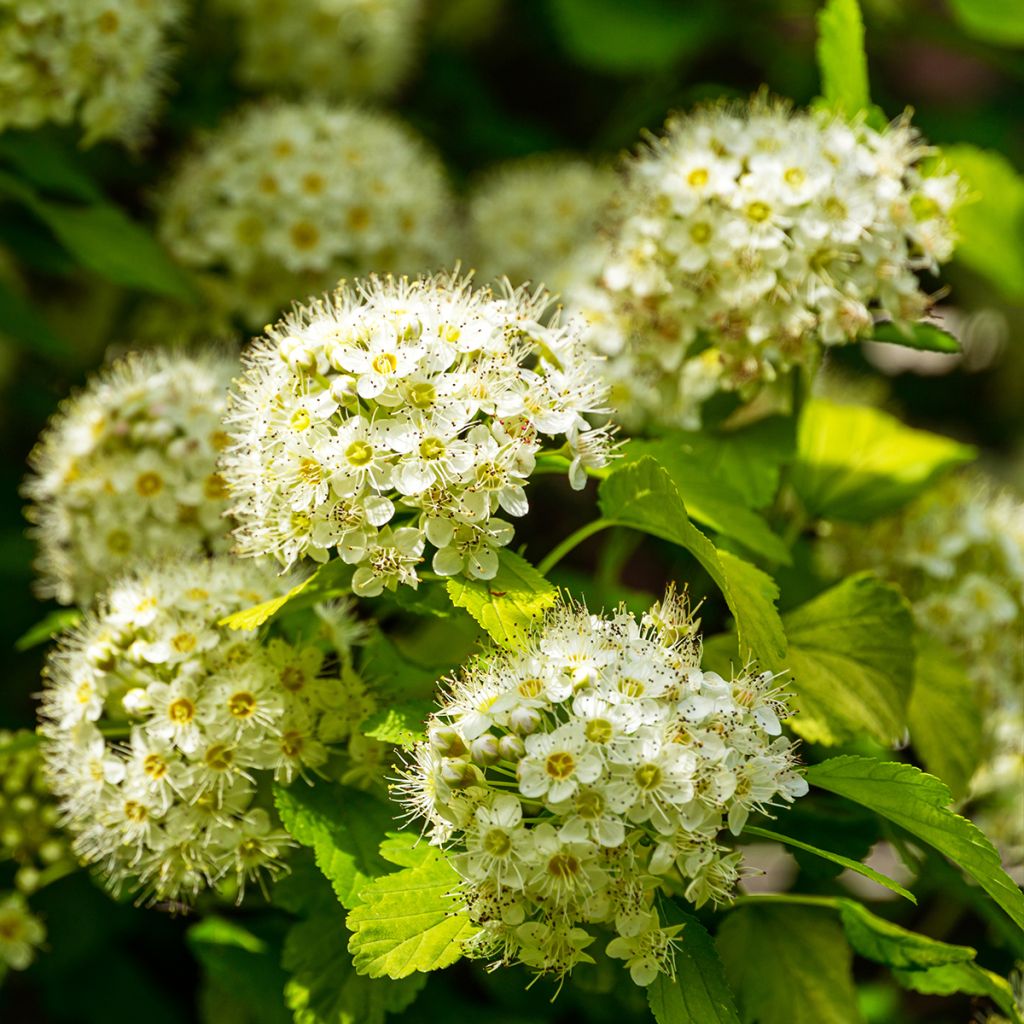

Physocarpus opulifolius Nugget
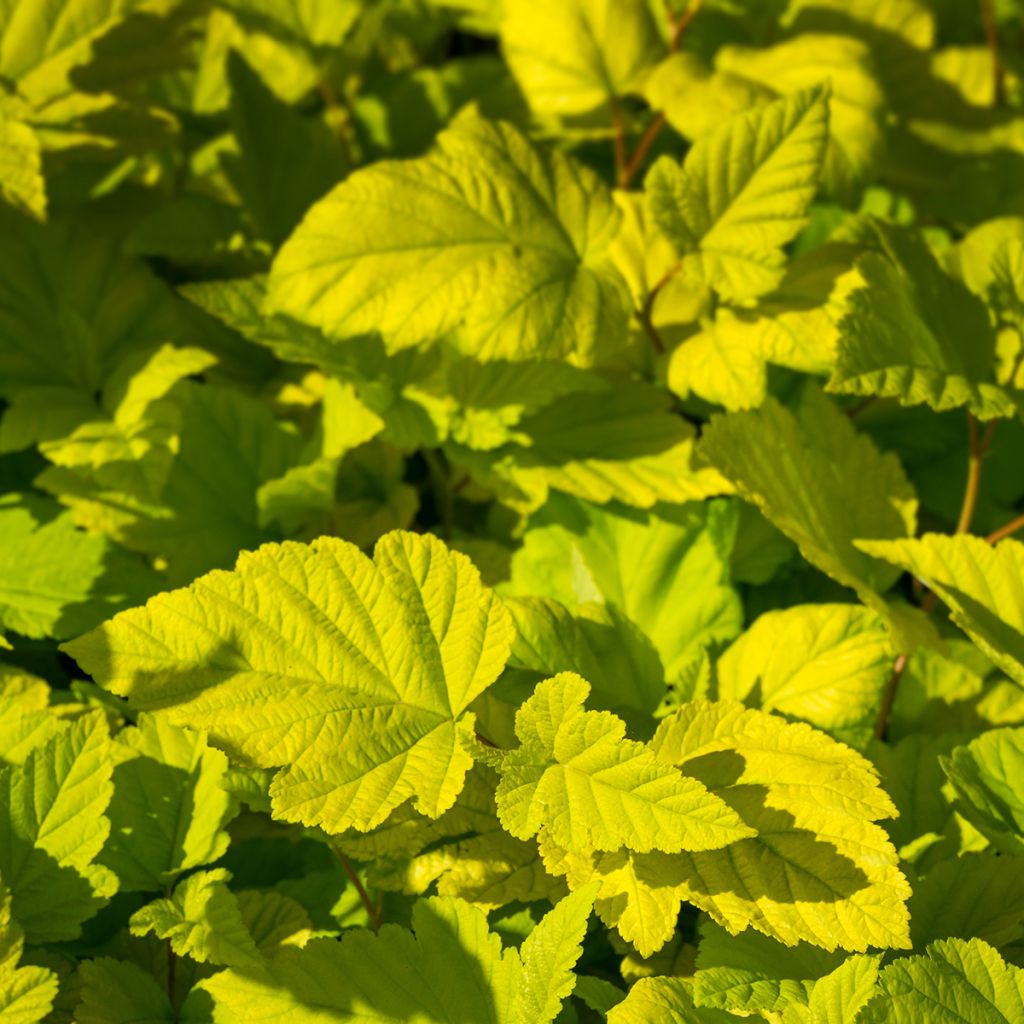

Physocarpus opulifolius Nugget
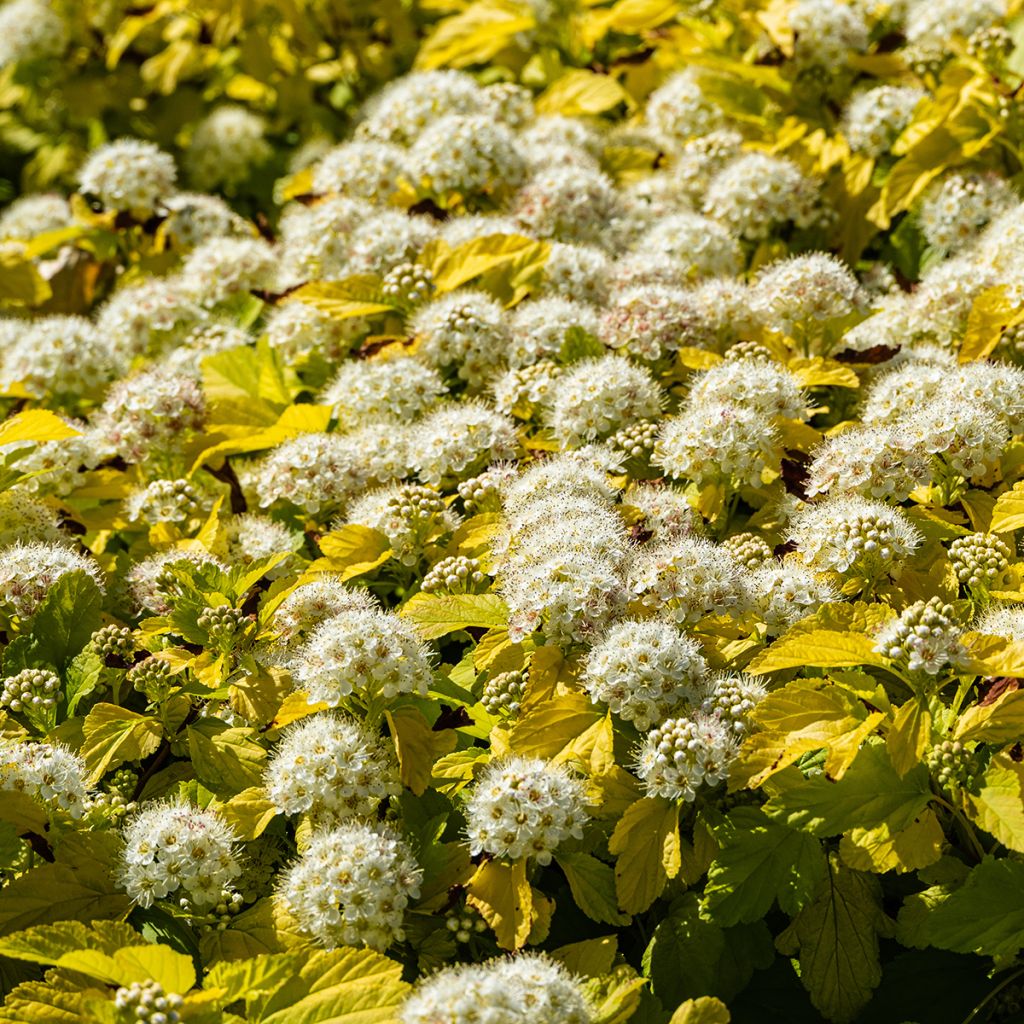

Physocarpus opulifolius Nugget
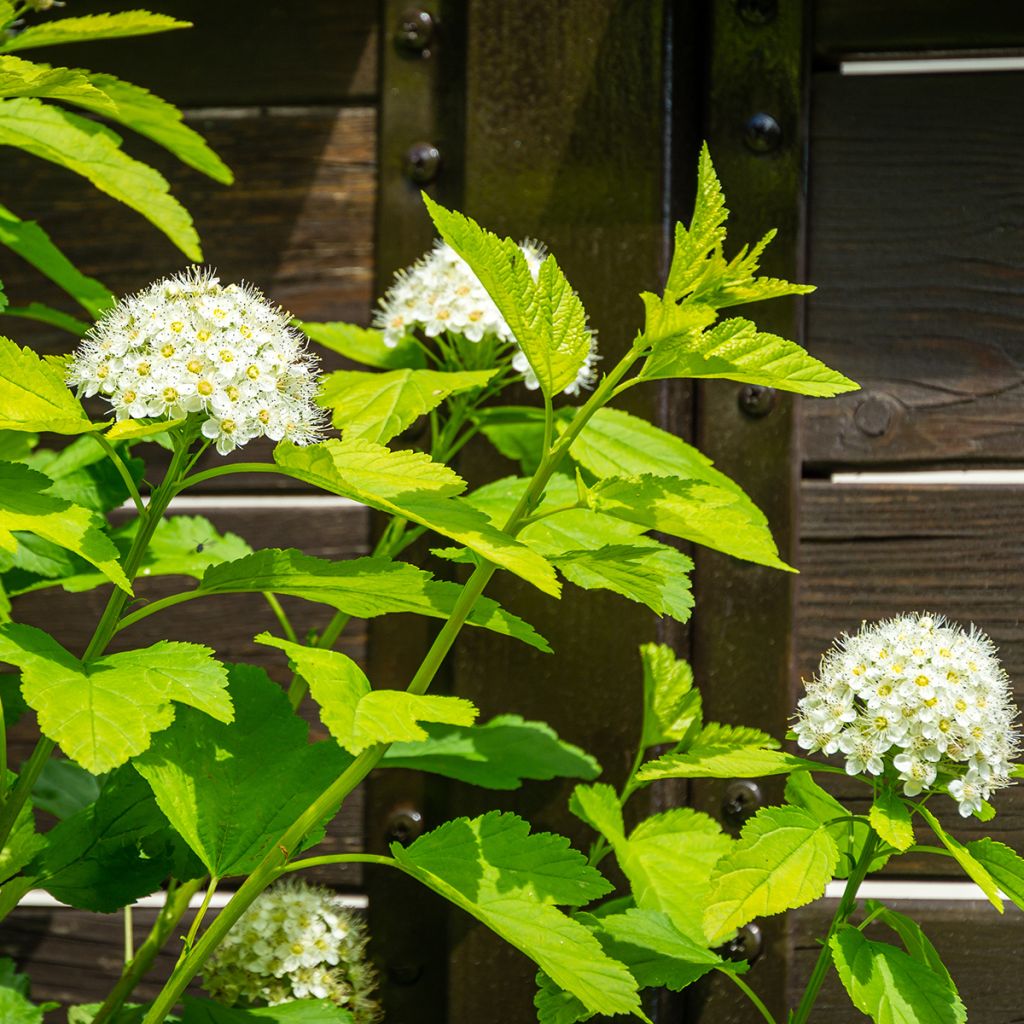

Physocarpus opulifolius Nugget
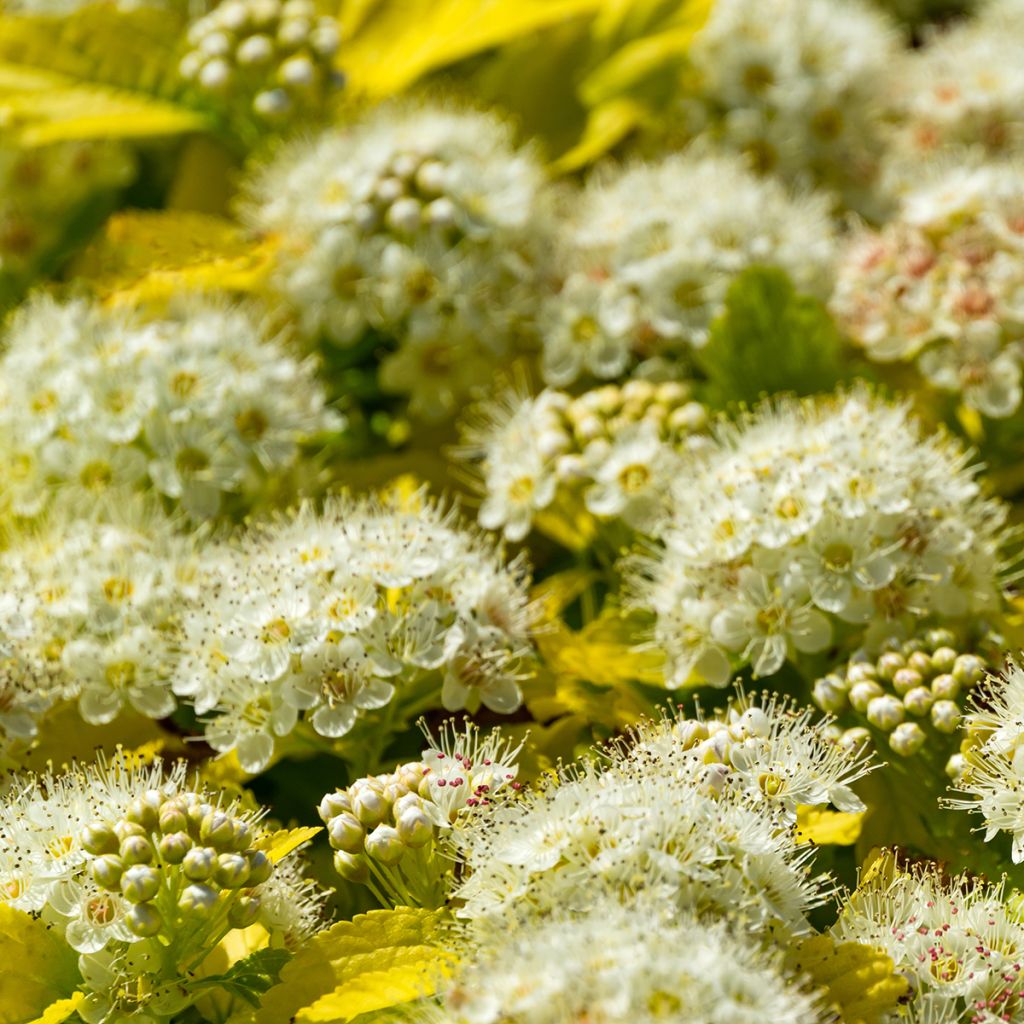

Physocarpus opulifolius Nugget


Physocarpus opulifolius Nugget
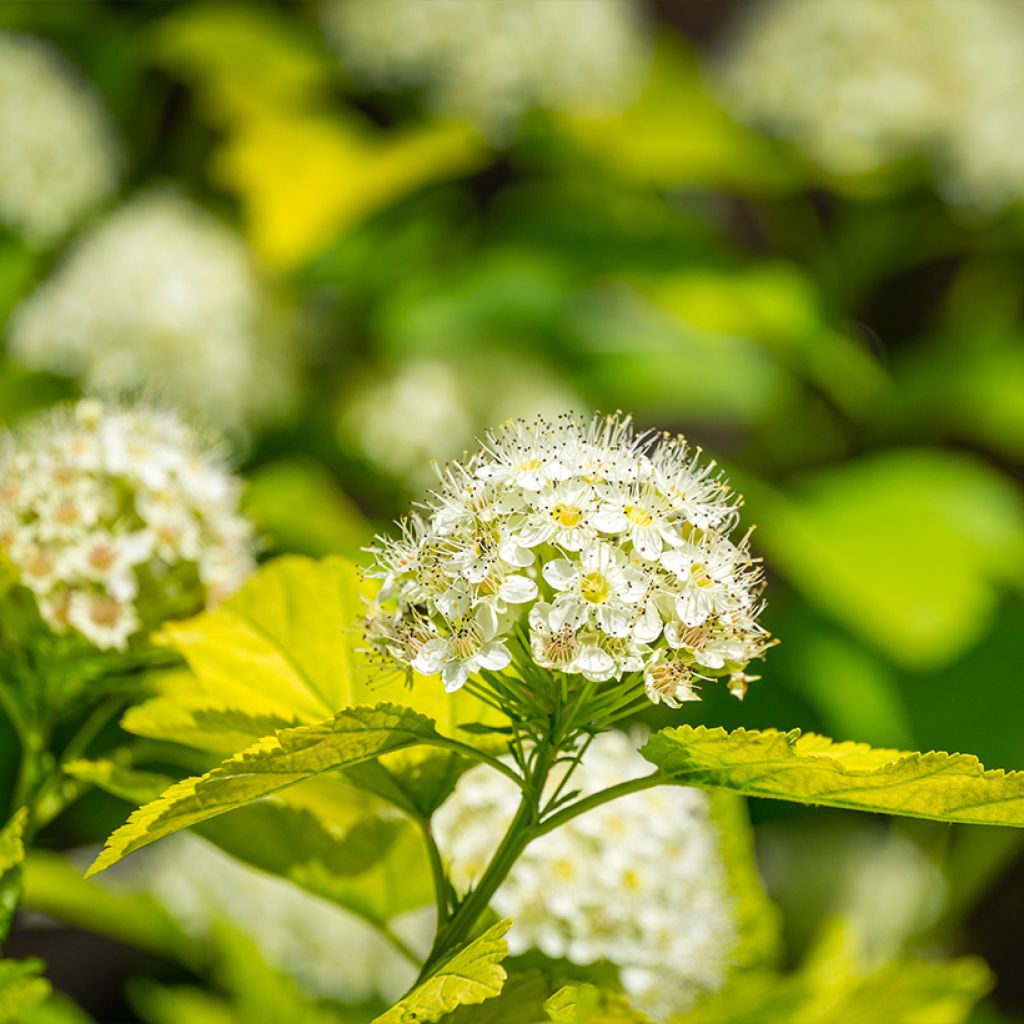

Physocarpus opulifolius Nugget
Physocarpus opulifolius Nugget
Physocarpus opulifolius Nugget
Ninebark
Special offer!
Receive a €20 voucher for any order over €90 (excluding delivery costs, credit notes, and plastic-free options)!
1- Add your favorite plants to your cart.
2- Once you have reached €90, confirm your order (you can even choose the delivery date!).
3- As soon as your order is shipped, you will receive an email containing your voucher code, valid for 3 months (90 days).
Your voucher is unique and can only be used once, for any order with a minimum value of €20, excluding delivery costs.
Can be combined with other current offers, non-divisible and non-refundable.
Home or relay delivery (depending on size and destination)
Schedule delivery date,
and select date in basket
This plant carries a 24 months recovery warranty
More information
We guarantee the quality of our plants for a full growing cycle, and will replace at our expense any plant that fails to recover under normal climatic and planting conditions.
Would this plant suit my garden?
Set up your Plantfit profile →
Description
Physocarpus opulifolius 'Nugget' is a beautiful variety with golden foliage of the sapwood-leaved bush, a deciduous and hardy shrub. Its bright foliage is precious for bringing life to the partially shaded areas of the garden. Its white flowering in early summer, which takes the form of many small corymbs, is also very decorative. It gives way to small ornamental red fruits, which add to its charm. Lastly, winter allows for the appreciation of the exfoliating brown bark, creating a pleasing scene to behold. Requiring little maintenance, this physocarpus is perfect in mixed borders, as an informal hedge, or even planted as a specimen.
Physocarpus opulifolius belongs to the large Rosaceae family, which includes most of our temperate fruit trees, many wild plants, and numerous ornamental genera such as roses. It is native to North America, where it is found naturally in a wide geographic range, covering a diverse range of soils and climates. This explains its great adaptability and its interest for ornamental use, as the species itself has already quite decorative foliage.
However, it is somewhat overshadowed by different cultivars with colourful, variegated, golden, orange, purple, almost black foliage... 'Nugget' is one of these varieties with golden yellow foliage that immediately captivates the eye. This medium-sized shrub, with a more or less ball-shaped habit, reaches 1.70m (6ft) to 2m (7ft) in all directions. Its vegetation is relatively dense, carried by branches that grow in all directions, giving it a beautiful appearance in winter when the leaves have fallen, revealing its decorative brown bark, which exfoliates over time. Well-golden in spring, the foliage turns to a tender green in summer. The medium-sized leaves, about 6-8cm (2-3in) long and 4-5cm (2in) wide, are trilobed, with each lobe being slightly dentate. Their evocative shape gives this shrub the nickname of Sapwood-leaved Physocarpus. The flowering usually occurs in May-June and takes the form of white corymbs, in the shape of domes, about 4-5cm (2in) in diameter. They consist of a cluster of small flowers with five petals and protruding stamens, which are highly appreciated by pollinating insects. They then develop into red fruits, quite decorative and enjoyed by birds in autumn. During this season, the vegetation takes on a golden hue again, which is superb, and the small fruits contrast well against it.
Beneficial to wildlife, this shrub is extremely cold-resistant, it tolerates pruning well, which is not really necessary unless you want to limit its growth; it only fears heatwaves and drought. It is therefore best planted in partial shade, where its bright foliage will be perfectly highlighted. Dare to create strong contrasts by planting Cotinus Grace in the background, a smokebush tree whose purple foliage turns fiery red in autumn, creating an incredible scene with the 'Nugget' physocarpus. If you lack space, opt instead for the Weigela florida Naomi Campbell, a compact and colourful shrub that will naturally find its place at the foot of the Physocarpus. At its base, you can also plant some Heucheras, low-growing perennials with foliage that showcases almost all the colors of the vegetable kingdom, thus constituting the first vegetation zone on the edge of your border.
Report an error about the product description
Physocarpus opulifolius Nugget in pictures
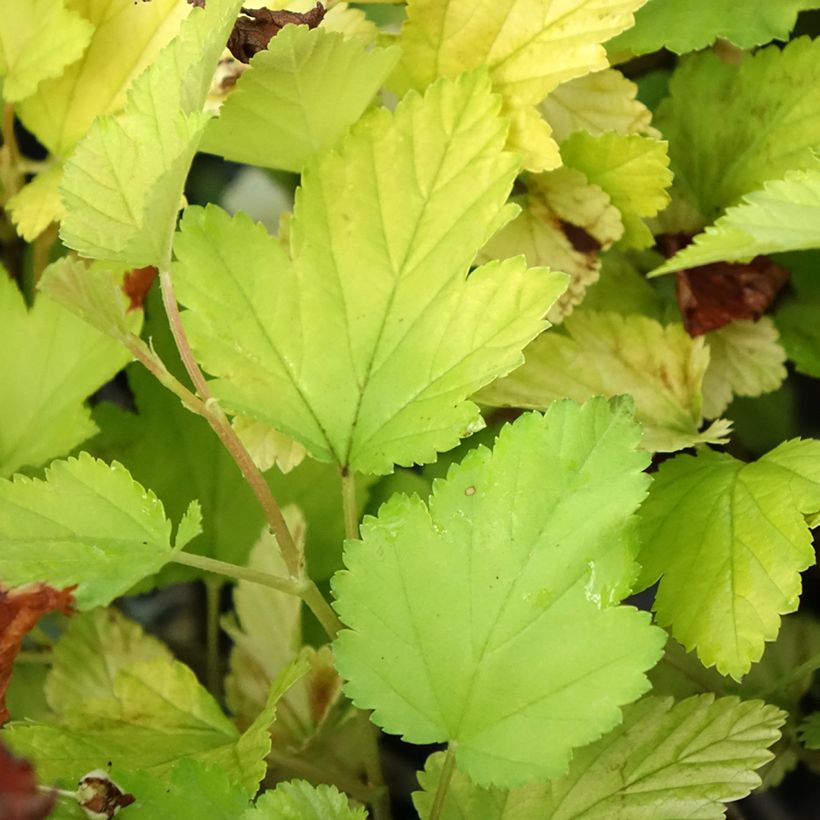

Plant habit
Flowering
Foliage
Botanical data
Physocarpus
opulifolius
Nugget
Rosaceae
Ninebark
Cultivar or hybrid
Other Physocarpus
View all →Planting and care
Plant Physocarpus opulifolius 'Nugget' in ordinary, but deep, rich and moist soil, preferably neutral to acidic. It dislikes excess limestone. Soak the root ball in a bucket of water for fifteen minutes while you dig the planting hole (50 cm (20in) in all directions). Add a little planting compost to the existing soil or possibly some compost. Place the root ball in the ground, fill in all around and water abundantly. Avoid letting the soil dry out in summer and don't hesitate to shower the foliage during heatwaves (in the evening, never under the sun as this could create a magnifying effect that would burn the foliage). This bush will thrive in partial shade or full sun, but the golden foliage may be slightly damaged in excessively sunny and scorching conditions.
Planting period
Intended location
Care
This item has not been reviewed yet - be the first to leave a review about it.
Similar products
Haven't found what you were looking for?
Hardiness is the lowest winter temperature a plant can endure without suffering serious damage or even dying. However, hardiness is affected by location (a sheltered area, such as a patio), protection (winter cover) and soil type (hardiness is improved by well-drained soil).

Photo Sharing Terms & Conditions
In order to encourage gardeners to interact and share their experiences, Promesse de fleurs offers various media enabling content to be uploaded onto its Site - in particular via the ‘Photo sharing’ module.
The User agrees to refrain from:
- Posting any content that is illegal, prejudicial, insulting, racist, inciteful to hatred, revisionist, contrary to public decency, that infringes on privacy or on the privacy rights of third parties, in particular the publicity rights of persons and goods, intellectual property rights, or the right to privacy.
- Submitting content on behalf of a third party;
- Impersonate the identity of a third party and/or publish any personal information about a third party;
In general, the User undertakes to refrain from any unethical behaviour.
All Content (in particular text, comments, files, images, photos, videos, creative works, etc.), which may be subject to property or intellectual property rights, image or other private rights, shall remain the property of the User, subject to the limited rights granted by the terms of the licence granted by Promesse de fleurs as stated below. Users are at liberty to publish or not to publish such Content on the Site, notably via the ‘Photo Sharing’ facility, and accept that this Content shall be made public and freely accessible, notably on the Internet.
Users further acknowledge, undertake to have ,and guarantee that they hold all necessary rights and permissions to publish such material on the Site, in particular with regard to the legislation in force pertaining to any privacy, property, intellectual property, image, or contractual rights, or rights of any other nature. By publishing such Content on the Site, Users acknowledge accepting full liability as publishers of the Content within the meaning of the law, and grant Promesse de fleurs, free of charge, an inclusive, worldwide licence for the said Content for the entire duration of its publication, including all reproduction, representation, up/downloading, displaying, performing, transmission, and storage rights.
Users also grant permission for their name to be linked to the Content and accept that this link may not always be made available.
By engaging in posting material, Users consent to their Content becoming automatically accessible on the Internet, in particular on other sites and/or blogs and/or web pages of the Promesse de fleurs site, including in particular social pages and the Promesse de fleurs catalogue.
Users may secure the removal of entrusted content free of charge by issuing a simple request via our contact form.
The flowering period indicated on our website applies to countries and regions located in USDA zone 8 (France, the United Kingdom, Ireland, the Netherlands, etc.)
It will vary according to where you live:
- In zones 9 to 10 (Italy, Spain, Greece, etc.), flowering will occur about 2 to 4 weeks earlier.
- In zones 6 to 7 (Germany, Poland, Slovenia, and lower mountainous regions), flowering will be delayed by 2 to 3 weeks.
- In zone 5 (Central Europe, Scandinavia), blooming will be delayed by 3 to 5 weeks.
In temperate climates, pruning of spring-flowering shrubs (forsythia, spireas, etc.) should be done just after flowering.
Pruning of summer-flowering shrubs (Indian Lilac, Perovskia, etc.) can be done in winter or spring.
In cold regions as well as with frost-sensitive plants, avoid pruning too early when severe frosts may still occur.
The planting period indicated on our website applies to countries and regions located in USDA zone 8 (France, United Kingdom, Ireland, Netherlands).
It will vary according to where you live:
- In Mediterranean zones (Marseille, Madrid, Milan, etc.), autumn and winter are the best planting periods.
- In continental zones (Strasbourg, Munich, Vienna, etc.), delay planting by 2 to 3 weeks in spring and bring it forward by 2 to 4 weeks in autumn.
- In mountainous regions (the Alps, Pyrenees, Carpathians, etc.), it is best to plant in late spring (May-June) or late summer (August-September).
The harvesting period indicated on our website applies to countries and regions in USDA zone 8 (France, England, Ireland, the Netherlands).
In colder areas (Scandinavia, Poland, Austria...) fruit and vegetable harvests are likely to be delayed by 3-4 weeks.
In warmer areas (Italy, Spain, Greece, etc.), harvesting will probably take place earlier, depending on weather conditions.
The sowing periods indicated on our website apply to countries and regions within USDA Zone 8 (France, UK, Ireland, Netherlands).
In colder areas (Scandinavia, Poland, Austria...), delay any outdoor sowing by 3-4 weeks, or sow under glass.
In warmer climes (Italy, Spain, Greece, etc.), bring outdoor sowing forward by a few weeks.































